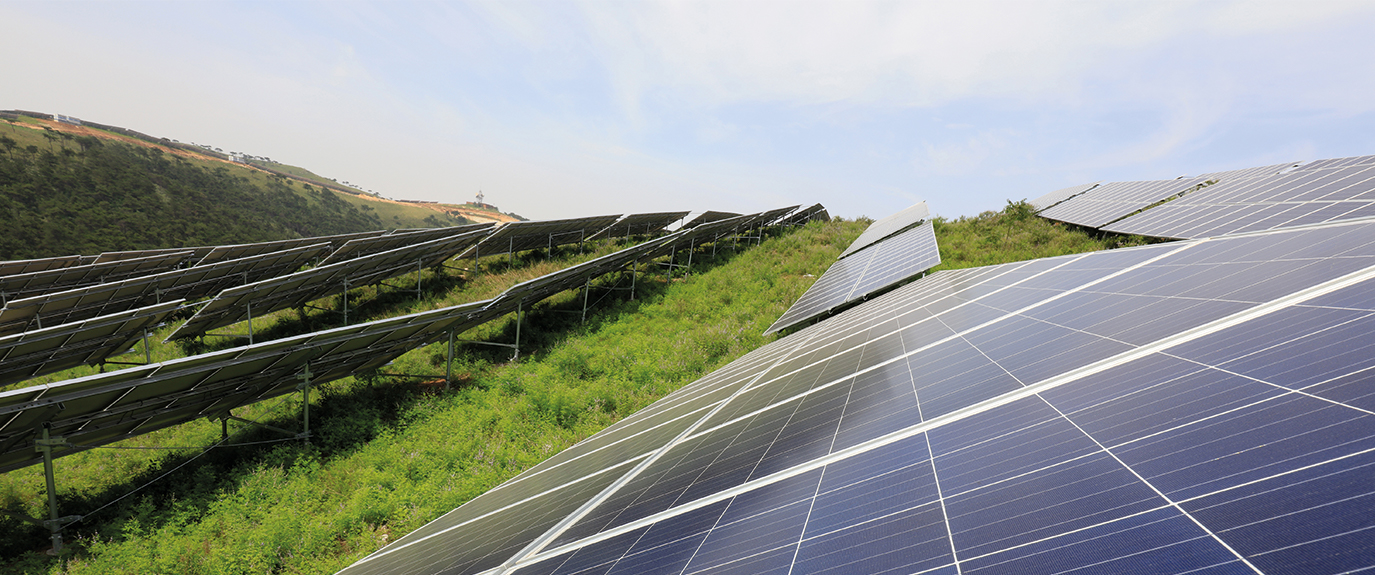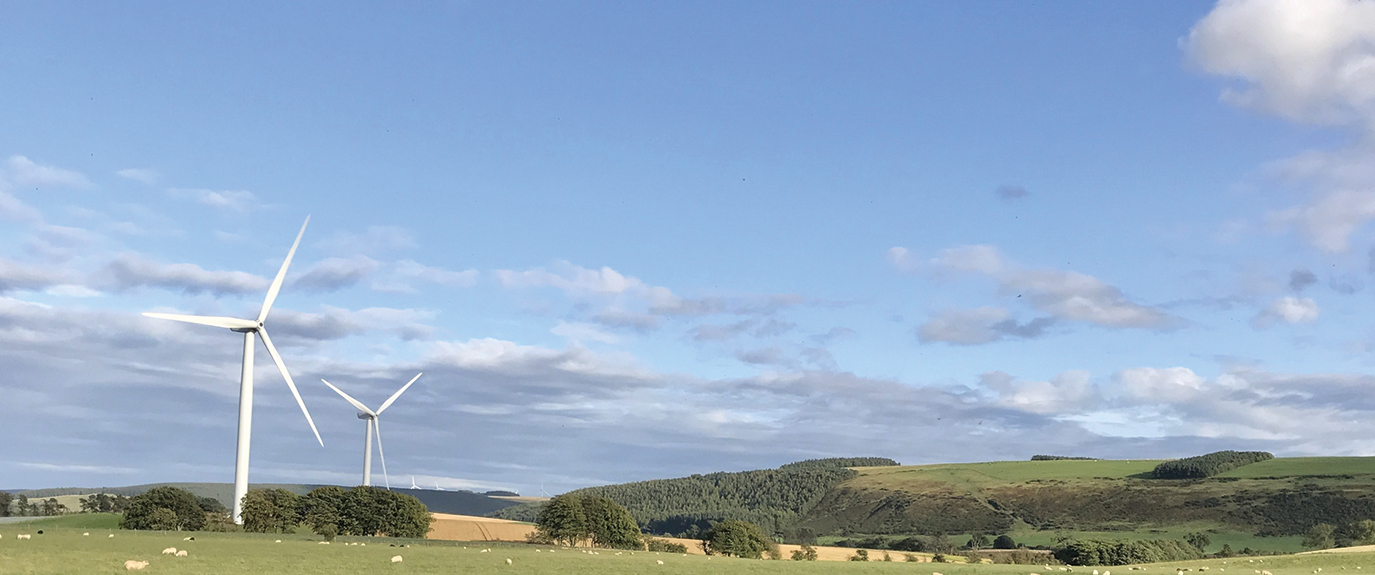A wind farm the size of India could power the world
Wind power swept into the headlines recently when Germany’s wind turbines created so much electricity that customers were effectively paid to use it.
A stormy weekend resulted in power prices ‘turning negative’ as wind output reached more than 39,000 megawatts, a level that would normally take dozens of power stations to produce.
Although this was a very unusual peak in Germany’s wind power output, it shows that wind has impressive potential. And new research shows that wind power could be the solution to the whole world’s energy problems.
Where the wind blows...
Scientists from the US-based Carnegie Institution for Science say a large-scale wind-turbine plant could produce enough energy for everyone on the planet.
Work by Anna Possner and Ken Caldeira, in Proceedings of the National Academy of Sciences, suggests there is “considerable opportunity for generating wind power in the open ocean, particularly in the North Atlantic”.
They used sophisticated modelling tools to compare the productivity of large Kansas wind farms to massive, theoretical open-ocean wind farms and say that these could generate at least three times more power than land-based ones.
Drop and drag
In 2014 the US Energy Information Administration said that 3% of the world’s energy came from wind power. Although capacity has since increased, there is obviously still a long way to go in terms of making its use universal.
An EIA report in September 2017 predicted coal, oil and natural gas will still account for 77% of energy production in 2040.
Giant wind farms could reduce that figure much sooner. But while building a massive wind farm in the North Atlantic may seem like an easy answer, there would be many obstacles.
First, it is unclear whether the faster mid-ocean winds could actually be converted to increased amounts of electricity.
“Are the winds [over the ocean] so fast just because there is nothing out there to slow them down? Will sticking giant wind farms out there just slow down the winds so much that it is no better than over land?” Caldeira asks.
Other studies, the researchers add, suggest there is a maximum rate of electricity generation for land-based wind farms.
“The real question,” Caldeira said, “is can the atmosphere over the ocean move more energy downward than the atmosphere over land is able to?”
In the North Atlantic, in particular, the drag introduced by other nearby wind turbines would not slow down winds as much as they would on land, the researchers believe.
“We found that giant ocean-based wind farms are able to tap into the energy of the winds throughout much of the atmosphere, whereas wind farms onshore remain constrained by the near-surface wind resources,” Possner said.
But there’s an important caveat: while in the North Atlantic’s winter season wind farms could provide sufficient energy to meet the world’s current needs, in summer they could only generate enough power to cover the electricity demand of Europe, or possibly the US.
Hazards at sea
There are also important geo-political concerns that would have to be overcome.
For example, the researchers indicate the ocean-based site would need to be about the size of India, or 3 million square kilometres.
Hence the second issue - who would own the project and be responsible for it?
As the European Commission for Maritime Affairs said in 2015: “The Atlantic Ocean does not belong to any one of us. It is a shared asset. It is a single ecological system that links the continent of Europe with the Americas and with Africa.”
The third major challenge would be funding. Would countries contribute a share of the costs based on their gross domestic product per capita, the amount of energy they use or some other measure?
Power to the people?
At the moment many governments are investing in big individual renewables projects.
China, for example, has a wind-power generating capacity of 149 gigawatts that it aims to increase to 495GW by 2030, while in Dubai a solar plant is being built that aims to meet three-quarters of the state’s energy needs by 2050.
However, the argument in favour of the North Atlantic project many environmentalists would make is that humans can only mitigate climate change effectively with concerted international action.
Even though such large-scale projects may have the power to be beneficially transformative, they are likely to be criticised by opposition parties and opposing vested interests as white elephants long before the reality of their success or failure can be effectively judged.
Only with precision planning and by persuading the majority of the people in all countries that such projects will produce better outcomes in terms of lowering bills, reducing climate change emissions and improving their health with cleaner air, are they likely to move from the drawing board to reality.


